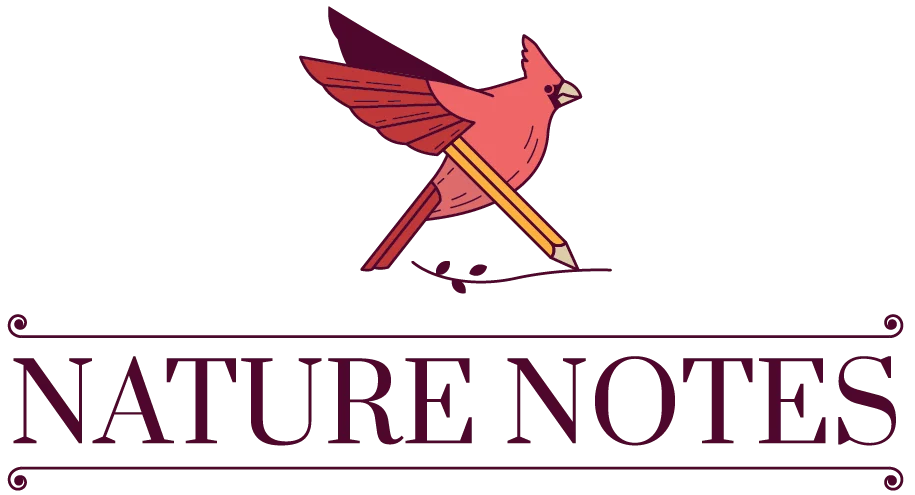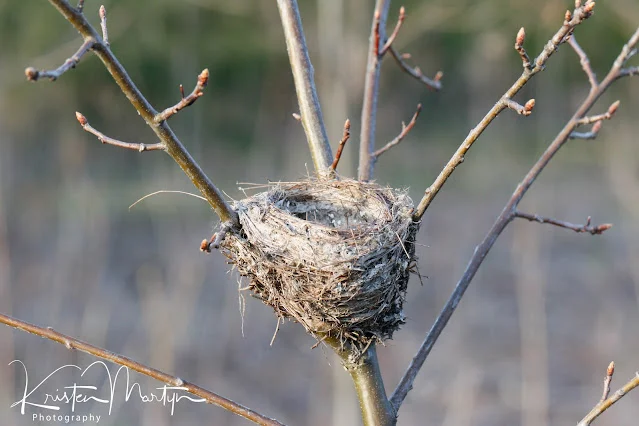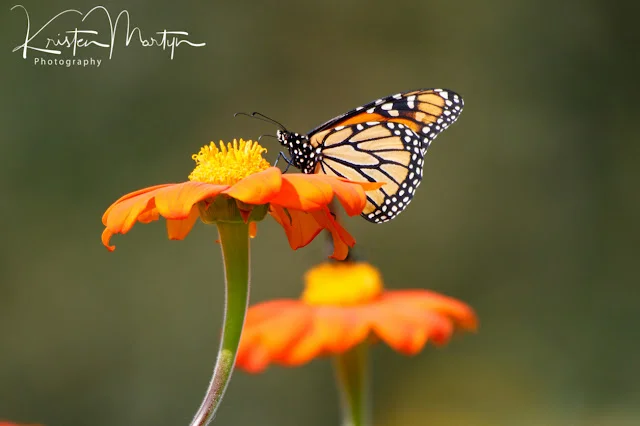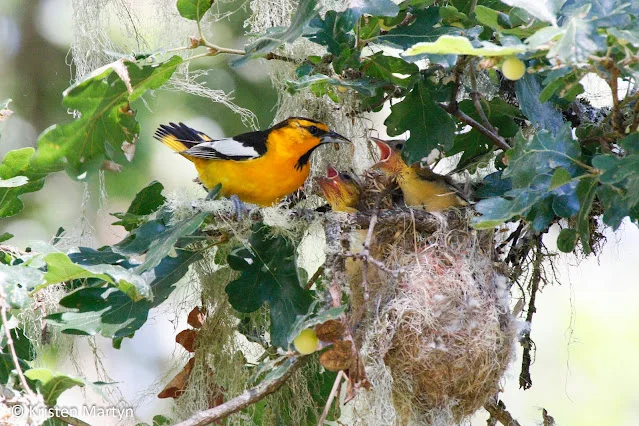It’s official, it’s goldfinch season in Ontario. The American Goldfinch, one of our most vibrant and beloved backyard birds, is especially active in late July as they enter their unusually late nesting season.
Unlike most songbirds that nest in spring, goldfinches wait until mid-to-late summer to raise their young. But why? And how can you make your backyard more welcoming to these bright beauties?
Let’s take a closer look.
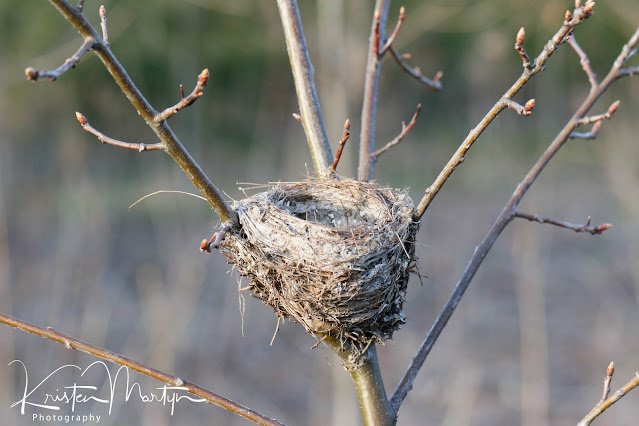
Why Do Goldfinches Nest So Late?
Most birds start nesting in April or May, but American Goldfinches are unique. They begin nesting much later — typically in late July through August — and it all has to do with food availability.
Goldfinches rely heavily on thistle (also called nyjer) and other seed-producing plants to feed their young. Unlike many birds that raise chicks on insects, goldfinch chicks are fed an all-seed diet, so they time their breeding to when thistles and other wildflowers go to seed.
This delayed nesting strategy helps ensure there’s enough food for both the adults and their growing families.
How to Attract Goldfinches in Late July
If you’d like to enjoy more goldfinch activity in your yard this summer, here are some simple steps to make your space more inviting:
Offer Nyjer (Thistle) Seed: Nyjer is a goldfinch favourite, full of healthy oils and small enough for their delicate bills.
👉 Shop goldfinch feeders and nyjer seed
Leave Seed-Bearing Plants: Let native plants like coneflower, thistle, black-eyed Susan, and sunflowers go to seed. Goldfinches will happily perch and feed directly from the dried seed heads.
Provide Water: A clean, shallow birdbath is especially appreciated during the summer heat. A water mover or dripper will help attract them with the sound of moving water.
Skip the Chemicals: Avoid using herbicides or pesticides in your garden,goldfinches often feed on the seed heads of native “weeds” and benefit from a naturally balanced yard.
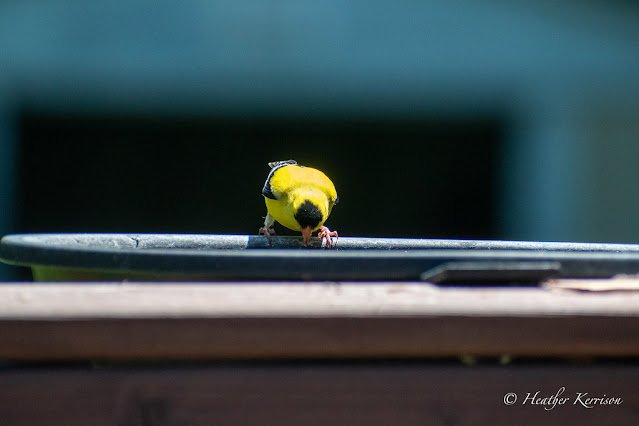
Goldfinch Facts You Might Not Know
- They build tightly woven nests, often in shrubs or small trees, using plant fibers, down, and even spider silk.
- Only the female incubates the eggs, while the male brings her food.
- Their calls sound like “po-ta-to-chip!” and can be heard as they flutter in undulating flight.
- You may see more activity at feeders now because adults are feeding hungry chicks and need extra energy.
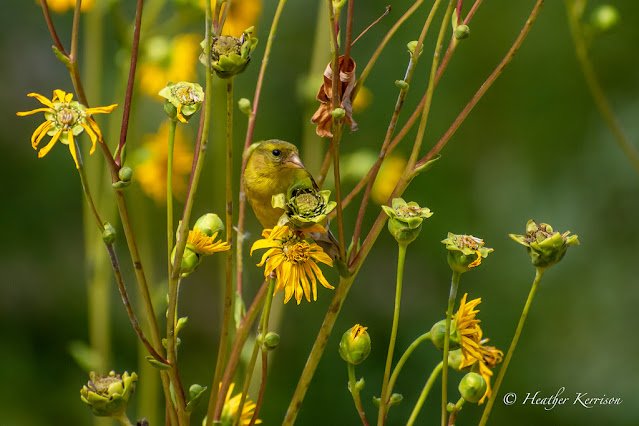
Watch the Show While It Lasts
Goldfinches are active throughout summer, but their golden peak happens right now, when thistle blooms, nesting is in full swing, and adults and juveniles flock to feeders.
By late August, their numbers may start to dip as families disperse and prepare for fall migration. So if your yard is glowing with yellow right now, take a moment to enjoy it — and maybe snap a photo or two!Want to give goldfinches a reason to stay longer?
Fill your feeders, leave your seed heads, and let your yard be a late-summer haven for these golden jewels of Ontario.
Enjoy it while you can!
Warmly,
Heather
